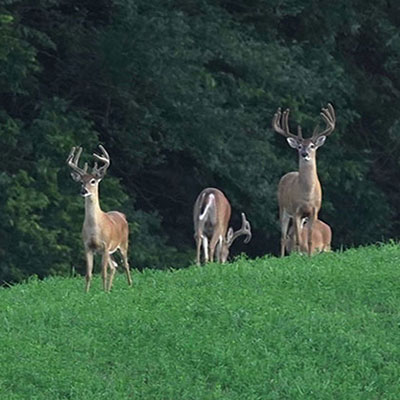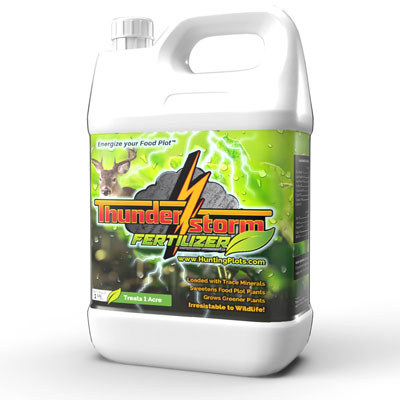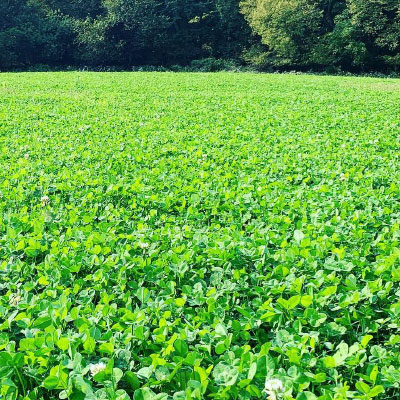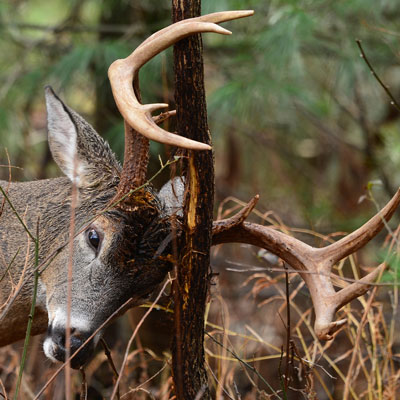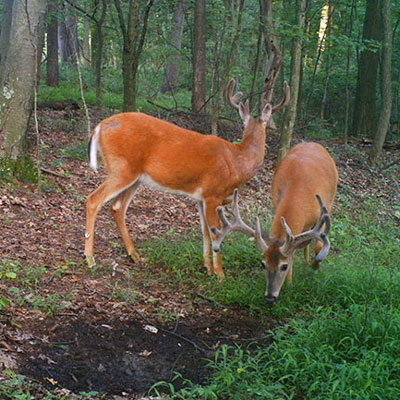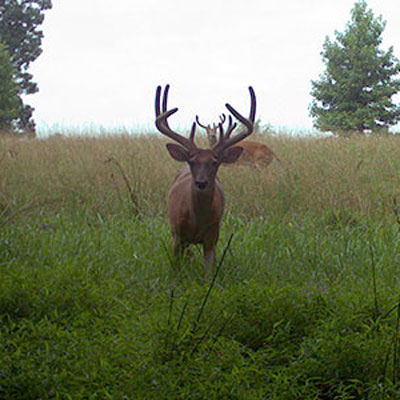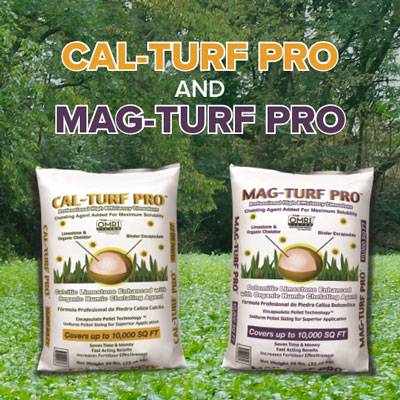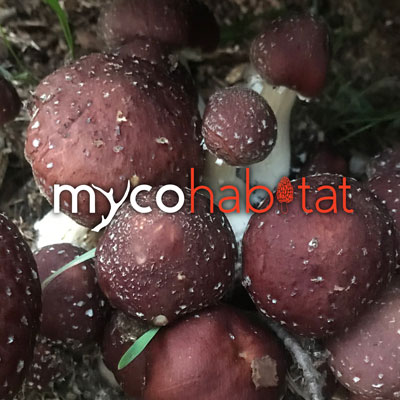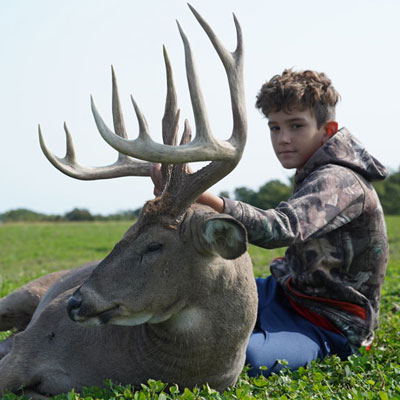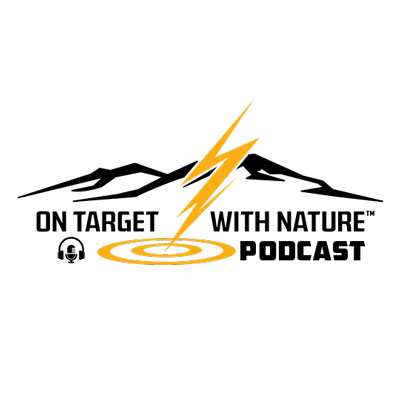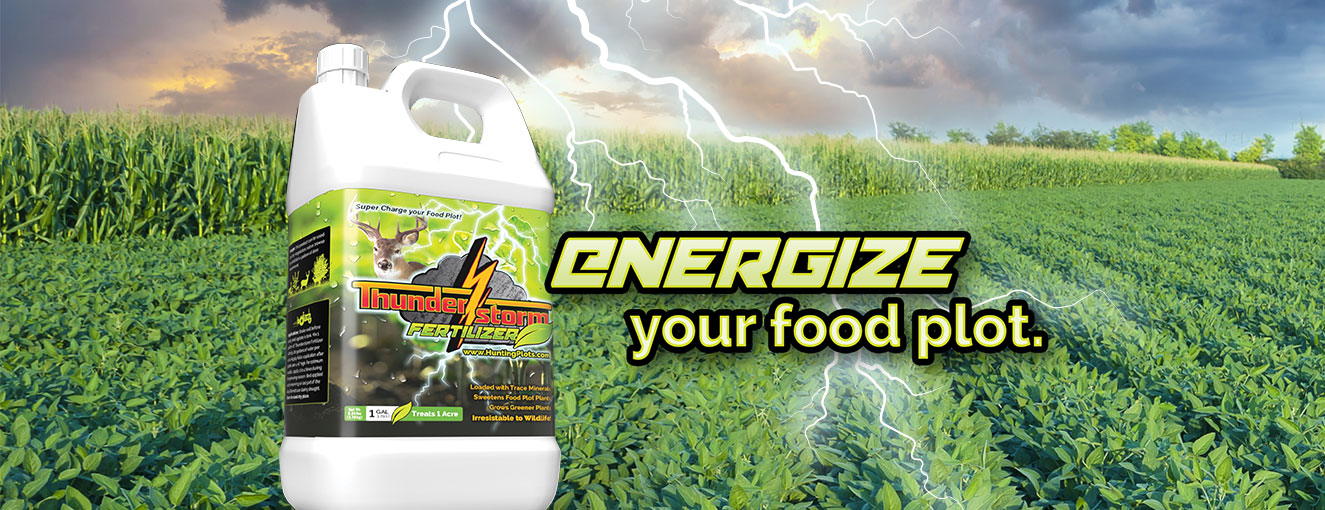
Episode 02 | 2023 | John Stoltzfus |
(More Episodes)
Product Highlights
For this month product spotlight, I'm gonna focus on - as the season now being closed, I would say across pretty much all of the region now - the focus goes back to off-season scouting and helping to make sure that the deer get through the winter months.
So, there's two products that I'm going to touch base here a little bit with in ways that we can help deer through February/March. In areas where they don't have as much of a food source, the Whitetail Crunch is a complete feed + attractant that can help deer get through the winter months.
It does provide them with at least a 12-13% crude protein. So this is a natural protein; it's not a feed that we would put urea in, which is nitrogen, and it's a protein that is what a lot of these feed companies are using, so it's not a natural protein, and it's not a digestible protein. So we have it with the crude protein levels between 12-13%, we have a crude fat of between 3-5%, and a fiber. A good fiber source is very important, too, for the winter months. You need fiber! And then we also have some calcium, some phosphorus, potassium, selenium, and there's vitamins in there as well, plus a bunch of trace minerals. So it's a very diverse mix with corn, it has barley, raw soybeans, expelled soybean beans, has soybean meal, has some molasses, and then some attractants in there that we don't wanna disclose.
But again, it's something that you can feed that you do not have to worry about that they'll overeat. And that's the main thing, is something that is gonna be rationed for their diet, because their stomachs have shrunk, and they're dependent more on woody brows and that kind of thing. But this will help them with a higher protein level and it will help put more minerals, restore that body fat that they lost over the rut and throughout the winter - the stress of the cold winter months.
So, Whitetail Crunch is our product spotlight for this month, and I would say for the next two months, with February/March being the critical time that you can make a difference in the deer's diet, because there's hardly anything out there other than woody brows and briars and things like that.
And then the other thing is getting mineral sites back out in areas where it is legal. We like the WhitetailMaxx used as a base mineral to put into the soil, and then we also like putting a trophy rock right in the center. The trophy rock gives them 65 different trace minerals that you can't find individually, or can't buy individually. It's mined outta Utah, naturally, a volcanic deposit that they go in there and mine these rocks out of, and they will lick on that for a long time - one rock does last a long time. There's also some salt in that. There's a good bit of salt. But again, the trace minerals - that's what I'm after. The salt will help be a regulator, that they won't overeat on any of those traces.
And then the WhitetailMaxx; the bigger thing with the WhitetailMaxx that I say, compare it with any others - Lucky Buck, or there's many different ones out there that you could compare it with - but the thing that I've seen over the last 12 years of doing soil tests is that phosphor is almost always low in the mountain soils, and on these food plots that I'm testing, phosphorus is often a limiting factor. So this mineral blend had what we wanted and we feel it will fill in that void of phosphorus and calcium, being two main bone-growing minerals.
So that I would say is gonna be your most important thing to focus on through the winter months, is get some kind of food source out there that can help supplement them a little bit through the winter months, and then the minerals going into the spring to help that new set of antler growth that will be starting to happen in March on most of the deer. So, not only that, you think about the does that are carrying fawns already, and you want them getting that into that fawn already in the womb, and getting a good start - to have the healthiest start - to be able to be born as healthy as possible, and we all know that the doe are just as much responsible for the genetic potential of a deer as the buck is. So we want to take care of both, and look at it as overall herd management.
And, so, that is what I'll share for this time around. Keep listening back for more updates as we go through the year. Thanks again for listening, and take time in nature and enjoy its many blessings.
More Episodes











